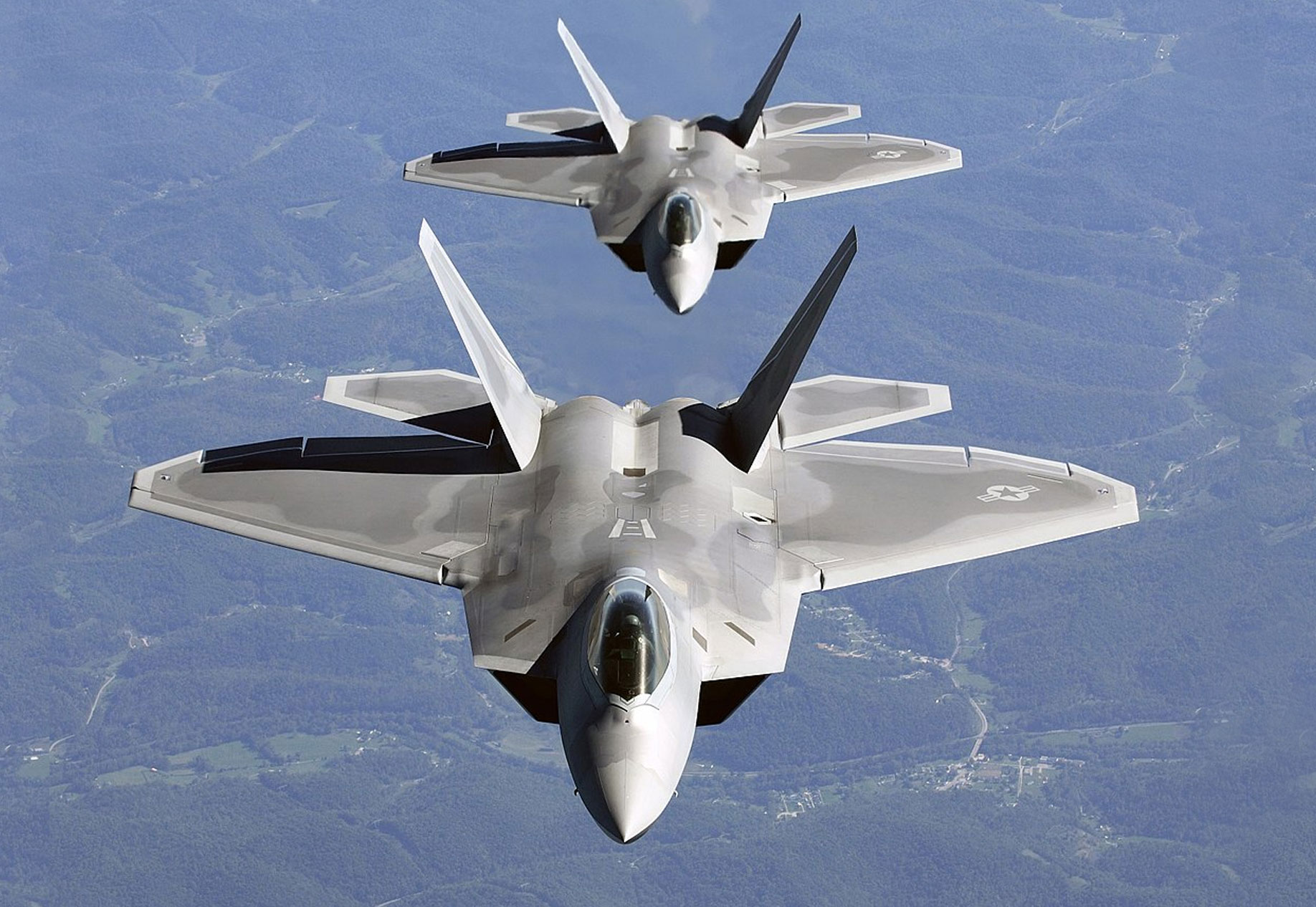


Advanced derivatives of the F-16, F-15, and F-111 competed with the new concepts for the same missions. General Dynamics studied a wide range of advanced fighter concepts and modifications to existing fighters. "They varied from conventional non-low-observable airplanes to really low-observable airplanes and flying wings similar to the B-2 bomber." "Our designs also ranged from supersonic to subsonic," he continues. Hardy would later become program manager for the F-22 at Boeing. "The aircraft ranged from relatively small single-engine airplanes to large twin engine airplanes," recalls Dick Hardy, who was in charge of a preliminary design group for Boeing at the time. The operational research in these early studies showed us just how powerful superstealth could be." Early ATF work at Lockheed, however, became dormant as the company focused its talents and energy on the early stages of the F-117 program.īoeing studied a wide range of advanced air-to-ground fighters in the 1970s. We didn't know how we were going to do superstealth in those early days. "It also led us to an air-to-ground USAF version, which was a superstealth design. "Lockheed's early work led to the company's proposal for the Navy's Advanced Tactical Aircraft program," Osborne continues. Lockheed used superstealth to refer to a significant improvement in an aircraft's stealth characteristics. Osborne, now retired, was chief engineer during the demonstration/validation phase of the ATF program in the mid-1980s. "Lockheed had done the first studies by the early 1970s for a 'superstealth' air-to-ground attack airplane for the US Navy," explains Bart Osborne, program manager for Lockheed's Tactical Systems in 1972.

Lockheed was also involved in early studies, but for other government agencies. General Dynamics and McDonnell Douglas conducted the air-to-air studies. Boeing and Grumman conducted the air-to-ground studies. General Dynamics and McDonnell Douglas performed a 1975 study titled, "Advanced Technology Ground Attack Fighter." After that, six companies participated in an "Air-to-Surface Technology Study." The lab sponsored two more studies in 1980: a "Tactical Fighter Technology Alternatives" for future air-to-ground fighters and a "1995 Fighter Technology Study" for future air-to-air fighters.

The Flight Dynamics Lab nurtured the advanced tactical fighter through the 1970s, sponsoring research and development contracts. While ASD supported new aircraft development programs, the lab pursued technologies related to military aircraft. Studies for a new fighter subsequently shifted away from ASD to the USAF Flight Dynamics Lab, also located at Wright-Patterson (and now called the Air Vehicles Directorate of the Air Force Research Laboratory). ASD would have to wait ten years to embark on another new fighter program. The F-16 Fighting Falcon, originally designed as an air-to-air day fighter, came in the back door to fill the air-to-ground role. The requirements called for an air-to-ground fighter that could fly Mach 2.5 at high to medium altitudes and carry standoff weapons designed to destroy tanks and other ground targets. The ATF would replace an aging fleet of F-4 and F-111 aircraft.ĪSD awarded concept exploration contracts for this ATF to General Dynamics and McDonnell Douglas. The requirements document pertained to a new air-to-ground fighter to complement the new F-15 air-superiority fighter. (ASD is now the Aeronautical Systems Center at Wright-Patterson AFB, Ohio.) The term advanced tactical fighter and its abbreviation, ATF, however, appeared in a general operational requirements document issued to contractors by the Advanced Planning Branch of ASD almost ten years earlier in 1972. The official beginning of the ATF program usually traces to 1981 when USAF Aeronautical Systems Division, or ASD, released a request for information for concepts for an advanced tactical fighter. Part 2 can be viewed here.Ī significant portion of the history of the F-22 spent years encased in a collection of wooden boxes stacked in a small storage closet in the engineering building at Lockheed Martin Aeronautics Company in Fort Worth, Texas.The containers conceal a variety of design study models dating back to the earliest phases of the Advanced Tactical Fighter-to what eventually became the F-22 Raptor.
#F22 RAPTOR CODE#
This article is the first of a two-part series that was originally published in Code One in 1998.


 0 kommentar(er)
0 kommentar(er)
